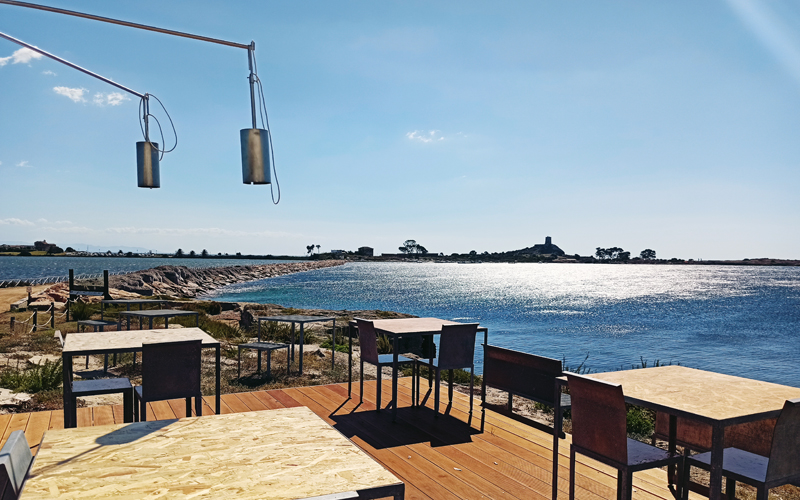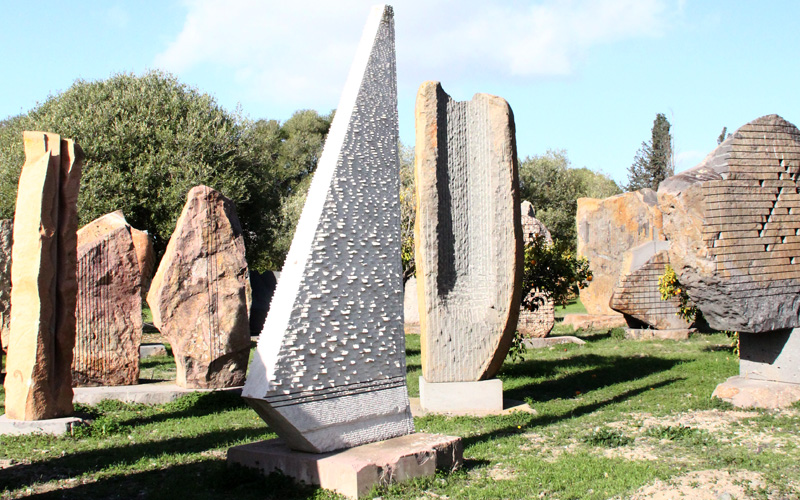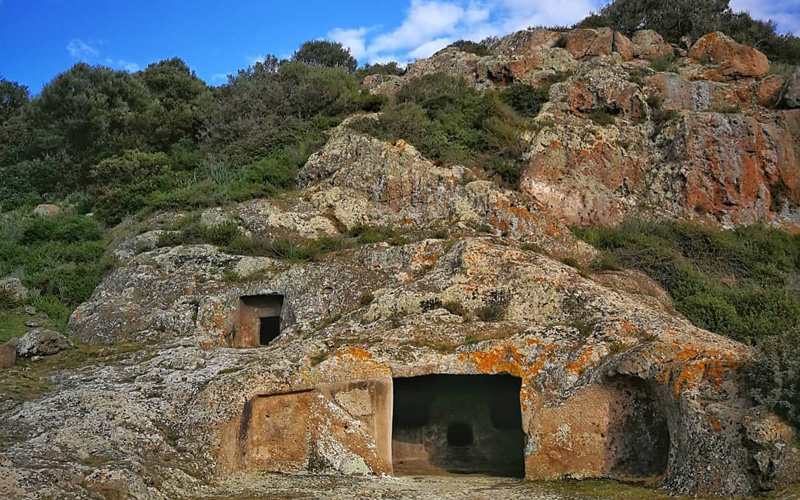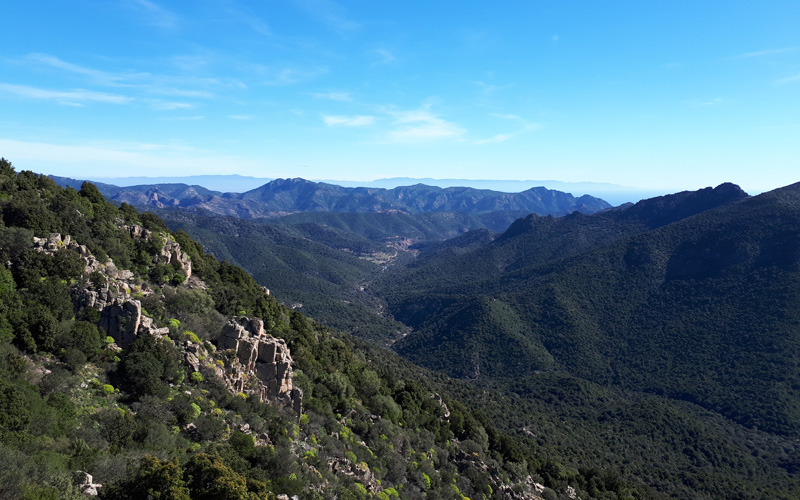Our land boasts a large number of symbols of ancient origin and today we talk about the Sardinian Lapwing, whose origins are far and date back to the Byzantines.
The symbolic meaning is to be found in the agro-pastoral culture, and like so many others it invokes the fertility, the rains and the health of the flocks. Its origin can be traced back to 534 d.c. when the Byzantines arrived in Sardinia. In fact, the peacock is not an endemic animal, while it is established that its origins are oriental.
In some cultures the peacock is a symbol of the positive transformation of any negative situation. It is also known as the bird with a hundred eyes, those of its plumage, which represent the stars, the universe, the sun, the moon, and the “heavenly vault”. His image recalls the phoenix, a mythological bird that rises from its ashes. In Christian iconology, on the other hand, it is associated with the immortality of the soul. In short, it is certainly a symbol of good luck in many cultures and in Sardinia it is probably the most widespread.
In the artisanal sector the use of the Sardinian Lapwing is very wide … which then with that flashy tail, would be a male, … but we do not enter into details that do not compete with us. The wooden furniture “cassapanche” (wooden boxes) , “carire” (chairs), cupboards and wardrobes always carry carvings with the lapwing. Likewise ceramics, lamps, baskets, textiles and jewels.
Even in the celebration bread, Su Coccoi, this figure is a must.
Despite its eastern origin it is now universally recognized as “Sardinian”, and in many houses in Sardinia it is easy to find at least one object that represents it.
Furthermore, as well as in Nazca, where a huge hummingbird makes those who believe in UFOs dream, we too in Sardinia have the representation of one of the most ancient symbols of our land made in a wheat field: in 2002 Antonino Soddu Pirellas created the Sardinian lapwing. “With over 5 million alfalfa plants, traced with GPS on a 13-hectare field yellowed by drought” between Ussana and Donori.
Photo published in: http://www.sardegnadigitallibrary.it/index.php?xsl=2436&id=184202





